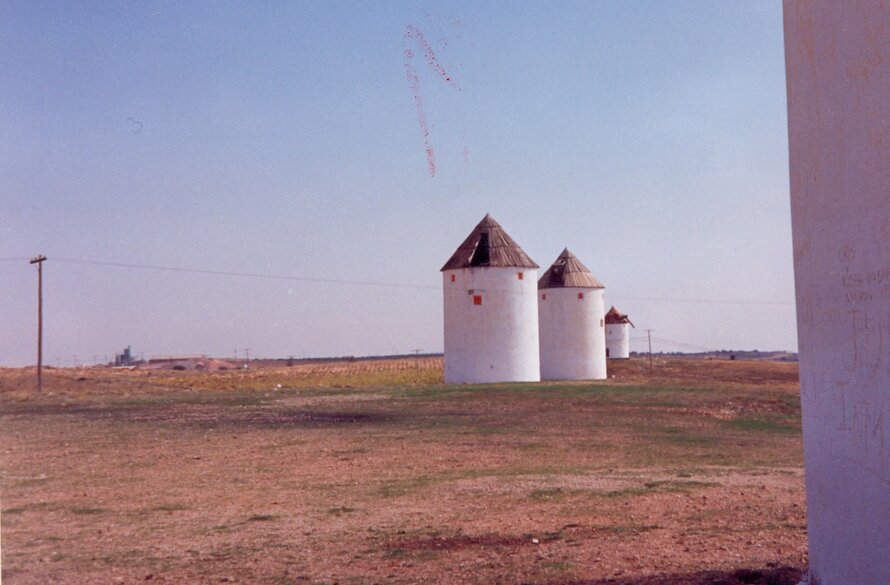Windmills, Mota del Cuervo
Windmills are known to have existed in Spain as early as the 12th century. They were mentioned in Spanish literature in the 13th century, but were immortalised by the description of Miguel Cervantes in 'Don Quixote'. Some experts have located his famous Battle with the Windmills ...
Read more
Project details
| Title: | Windmills, Mota del Cuervo |
|---|---|
| Entr. year: | 1994 |
| Result: | Diploma |
| Country: | Spain |
| Town: | Mota de Cuervo, Cuenca (Castilla-La Mancha) |
| Category type: | architectural heritage |
| Building type/ Project type: | industrial heritage |
| Former use: | Windmills |
| Actual use: | Historic windmills, historic and cultural attraction |
| Built: | 12th centuty |
| Architect / Proj.leader: | Augusto Ruiz Belinchón, Architect (Valencia - ES) |
| The Jury's citation: | "For the restoration of the characteristic Windmills at Mota del Cuervo" |
| Web, Links: | www.turismocastillalamancha.es/patrimonio/molinos--mota-del-cuervo-23164/visita/ |
Description:
Windmills are known to have existed in Spain as early as the 12th century. They were mentioned in Spanish literature in the 13th century, but were immortalised by the description of Miguel Cervantes in 'Don Quixote'. Some experts have located his famous Battle with the Windmills precisely at Mota deI Cuervo. In the 19th century there were eighteen functioning windmills in this region, and foundations of others suggest that there could have been as many as twenty- three. In the 20th century their function was replaced by electricity and they fell out of use. The last one closed down in 1928. In 1955 the Asociación Amigos de los Molinos was created to defend and protect the mills and even to build new ones on the original foundations, as they were considered cultural features. However, during the following decades they fell into serious disrepair, mainly due to insufficient funds for their maintenance. Their wooden elements and their roofs were badly affected by decay and often doors and windows were completely destroyed. However in most cases the basic structures such as walls and floors were essentially sound. The present restoration has replaced all the missing mechanical features of the windmills, including sails and steering mechanisms. Roofs, doors and windows were replaced, floors, balustrades and staircases repaired and they all have been painted white. In this way the windmills, important elements of the Spanish cultural landscape, have been preserved for the future.
Similar projects
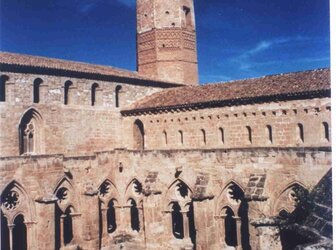
13th-17th century
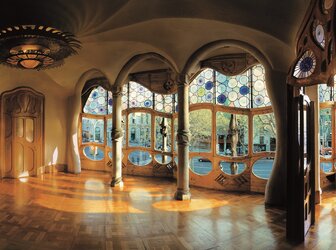
1904-1906
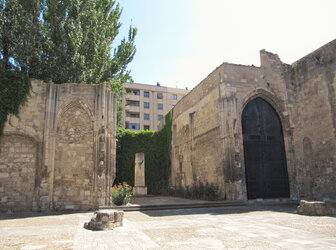
11th century
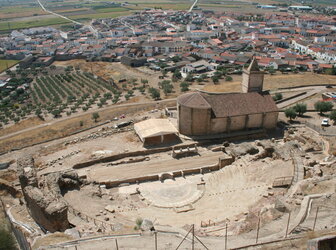
1st century BC


5th-1st century BC

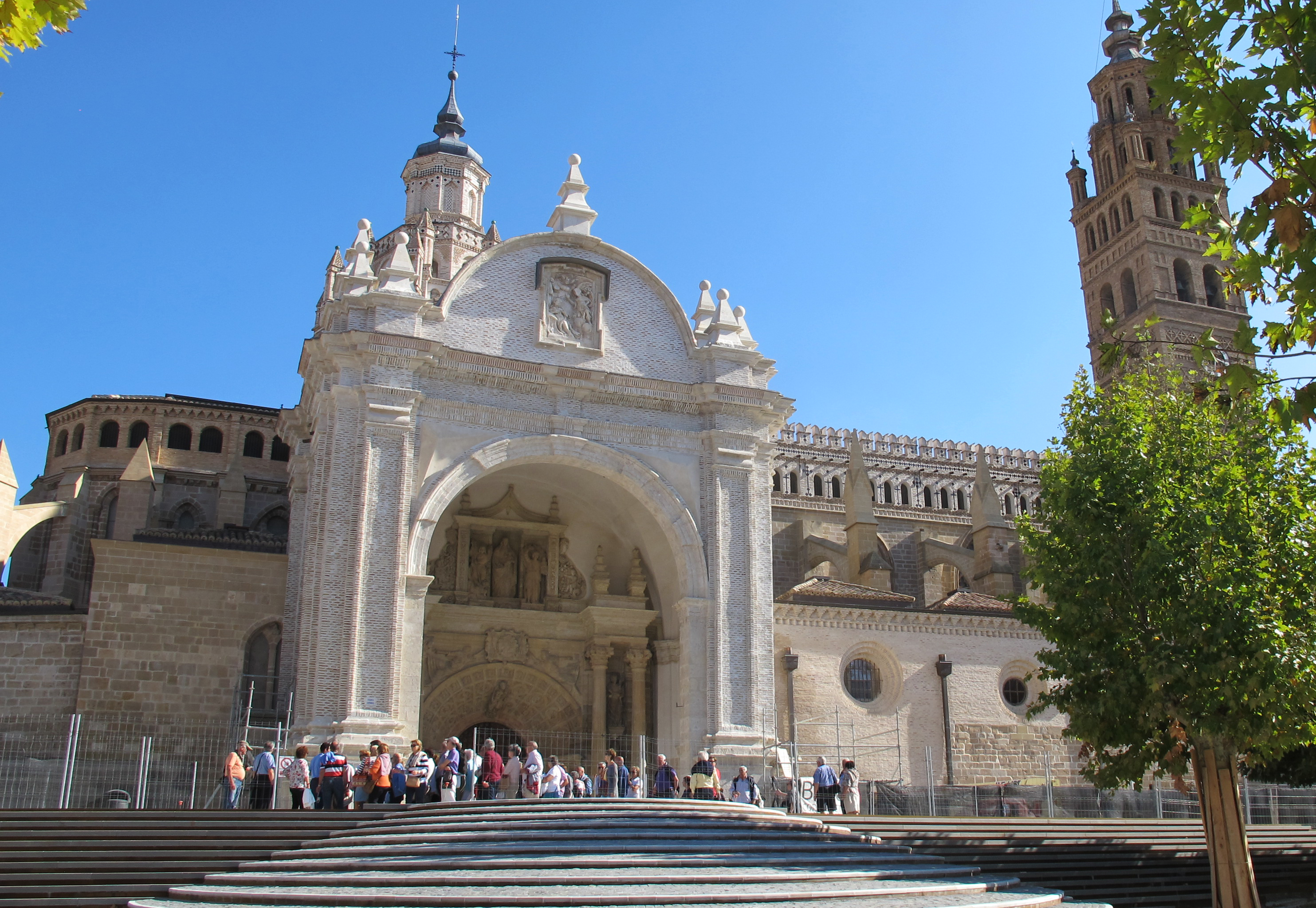
12th century
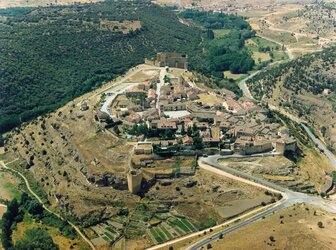
12th century
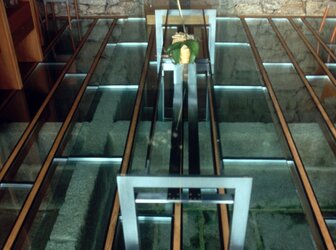
19th century
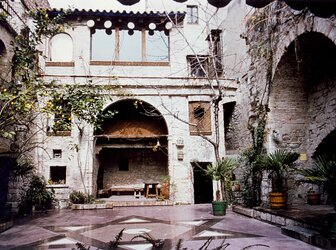
9th century

16th century
